Outline:
- What is an API, and how it works
- Benefits of using Snov.io API
- How to test Snov.io API
Step 1. Signing up with Postman
Step 2. General API call settings
Step 3. Getting an API access token
Step 4. Making a test API call - Snov.io API calls
- Snov.io API limits
Automate tasks in your Snov.io workflow, integrate Snov.io directly into your platform, and retrieve email addresses from our database. Snov.io REST API makes it all possible!
What is an API, and how it works
Let’s quickly walk through the basics and get familiar with what an API is and how it works.
API stands for Application Programming Interface and is used for software-to-software communication. It’s a way for applications to talk and interact with each other and provide the data or functionality upon request.
You can think of it as a “chat room” where one application or software asks for something from another application and gets a real-time response. The only way to communicate in this “chat room” is to send predefined “questions” or “commands” (API calls), while the server sends back an answer.
Thus, an API call is a process through which a client (you) sends a request to a server’s API (Snov.io) and obtains a response.
The four most common API request methods are:
- GET — retrieve data from a server at the specified URL
- POST — send data to a server
- DELETE — delete the resource at the specified URL
- PUT — send data to create or update a resource
If a client (you) asks a correct question with correct parameters, the server (Snov.io) will return the requested data or a response that confirms the completion of the requested action.
Benefits of using Snov.io API
Snov.io API presents a great opportunity for you to extend the functionality of your app/website.
With Snov.io API, you can:
- Create a custom integration between Snov.io and your application/custom-built CRM
- Request Snov.io to share the data and enrich your own service
- Trigger actions related to prospect management (e.g., create a new prospect list, add a prospect to a list, etc.)
- Take advantage of using Email Finder and Email Verification capabilities
- Retrieve statistical information about your Email Drip Campaigns
Snov.io offers the REST type of API to make it easier for you to use. In REST API, data and functionality are provided as resources available as unique URLs. To ask Snov.io to share data via API, you just need to enter the URL, set query parameters, and authenticate your request.
How to test Snov.io API
The easiest way to see how Snov.io API works is to use an API testing tool. We’ll use Postman because it’s well-known, is relatively easy to use, and has a free version.
Let’s make your first API call to Snov.io from Postman!
Step 1. Signing up with Postman
Sign up with the Postman app on the official website and create your account.
In the Home (1) tab, click the Send a request (2) button to get to the API testing environment.
Step 2. General API call settings
Every request to Snov.io API consists of:
- Request method — POST or GET (1)
- URL — HTTPS address of the request (2)
- Input parameters — key and its value (3)
- Output/Response — requested data or a request completion response (4)
Here’s where to enter API call settings in the Postman testing environment:
Tip: For GET requests, enter Input parameters to the Params tab. For POST requests, enter Input parameters to the Body tab→ the form-data tab.
Step 3. Getting an API access token
Before making a request, you need to generate an access token to authenticate your future API calls to Snov.io and identify yourself as a Snov.io client within the Snov.io API “chat room.”
An access token is your personal “pass card” that you need to present every time you make an API call to Snov.io.
In every request to Snov.io API, this access token needs to be specified in the Authorization field (we’ll explain how to do that in Postman in a minute).
Access token API call settings are the following:
- (1) Type: POST
- (2) Request URL: https://api.snov.io/v1/oauth/access_token
- Input parameters:
| Key | Value |
| grant_type (1) | client_credentials |
| client_id (2) | User ID you can find in the account settings |
| client_secret (3) | API Secret you can find in the account settings |
After entering all the parameters, click the Send (1) button and get your Access token (2) in the Output/Response section. Save it or copy it to use in future API calls.
Note #1: The access token lifetime is equal to 3600 seconds (1 hour) for security purposes. You’ll need to generate a new access token every 1 hour.
Note #2: The token type is Bearer. You will need to specify the token type while authorizing your next request.
Now let’s learn some of the API calls you can direct to Snov.io API.
Step 4. Making a test API call
- Domain Search V.2
You can ask Snov.io API to share up to 100 domain emails per call. It costs 1 credit per 10 emails/prospects given as a response.
To authenticate your API call in Postman:
Go to the Authorization tab (1) in Postman, choose the Bearer Token (2) type, and paste your Access token (3).
Go back to the Params tab to enter the Domain Search API call settings:
- (1) Type: GET
- (2) Request URL: https://api.snov.io/v2/domain-emails-with-info
- (3) Input parameters:
Key Value domain domain name from which you want to find email addresses type all, personal, or generic limit number of emails you want to get from a domain (100 max) lastId default value is 0. To get more than 100 emails from a domain, in your next request, indicate the last_id response value from the previous request position or positions enter a specific title or job position to filter prospects you want to get from a domain
Note #1: If you ask for generic email addresses, you’ll get role-based email addresses, e.g., contact@snov.io. Personal email addresses are the email addresses of the actual people working at the company. If you specify all as a type, you’ll get both personal and generic emails.
Note #2: To get more than 100 emails from a domain, in your next request, indicate the last_id response value from the previous request.
After entering all the settings, click the Send button to see the email addresses Snov.io has to share.
- Email Verifier
With Snov.io API, you can check if the provided email addresses are valid. This API call is free of credit charge.
First, make sure to authenticate your API call with an access token in the Authorization tab.
Next, open the Body tab→ the form data tab in Postman and enter Email Verifier API call settings:
- (1) Type: POST
- (2) Request URL: https://api.snov.io/v1/get-emails-verification-status
- (3) Input parameters:
Key: emails[]; Value – an array (list) of email addresses you’d like to check.
After entering all the parameters, click the Send button to see the email status in the Output/Response section: “valid,” “not_valid,” “greylisted,” or “unknown.”
If you get a “not_verified” identifier in the Output/Response field, it means we haven’t verified this email address before. You should use the Add emails for verification API call to verify this email address (1 credit per email address) and then repeat the Email verifier API call (for free) to see verification results.
Snov.io API calls
All Snov.io API calls work in a similar fashion – you enter the URL, input parameters, and your access token to get a response:
- Domain search V.2
- Email count
- Email finder
- Add names to find emails
- Add URL to search for prospect
- Get prospect with URL
- Get profile with email
Or trigger a certain action, like one of the following:
- Add prospect to list
- Find prospect by ID
- Find prospect by email
- Find prospect’s custom fields
- See user lists
- View prospects in list
- Create new prospect list
Snov.io API limits
There are certain limitations in Snov.io API as to the number of API calls you can make per hour and per minute.
You’re limited to 60 API calls per minute.
Hourly limits depend on your plan:
Email Finder API call limits:
- Starter — 200 requests/hour
- Pro 5K — 400 requests/hour
- Pro 20K — 600 requests/hour
- Pro 50K — 800 requests/hour
- Pro 100K — 1000 requests/hour
Email Verifier API call limits:
- Starter — 500 requests/hour
- Pro 5K — 1000 requests/hour
- Pro 20K— 1400 requests/hour
- Pro 50K — 2000 requests/hour
- Pro 100K — 4000 requests/hour
You can review a complete list of available API calls, their parameters, credit cost, and limits in our API Documentation.
Don’t have your own app to connect with Snov.io API but want to integrate your favorite applications? Learn how to use Zapier and Integromat integrations.
Need full access to Snov.io API?
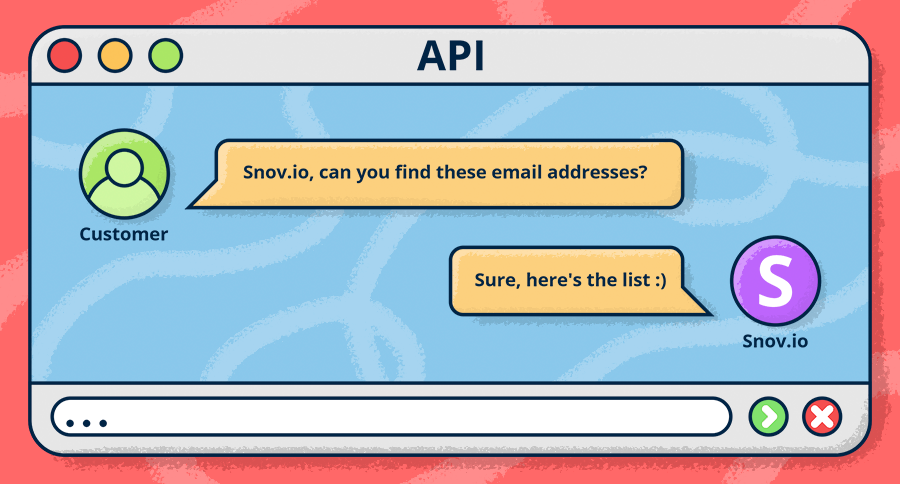
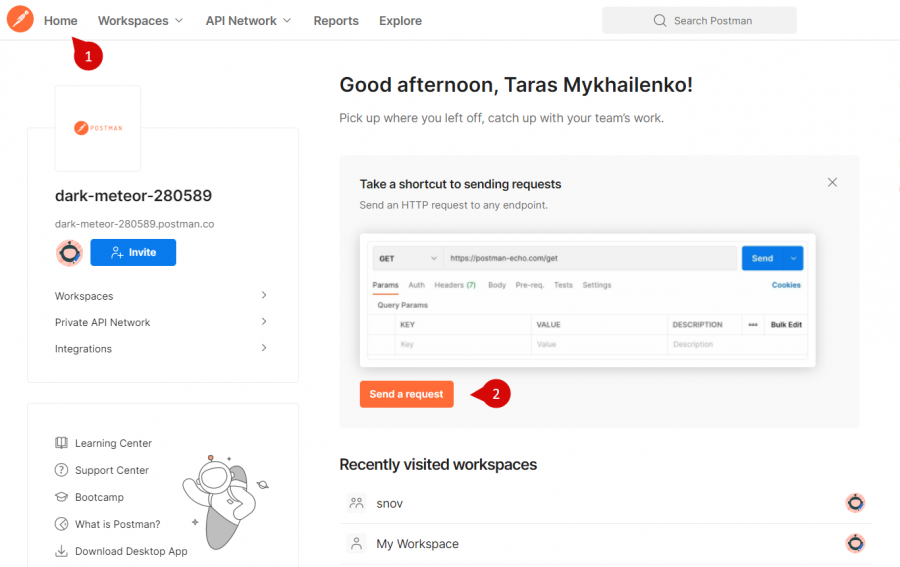
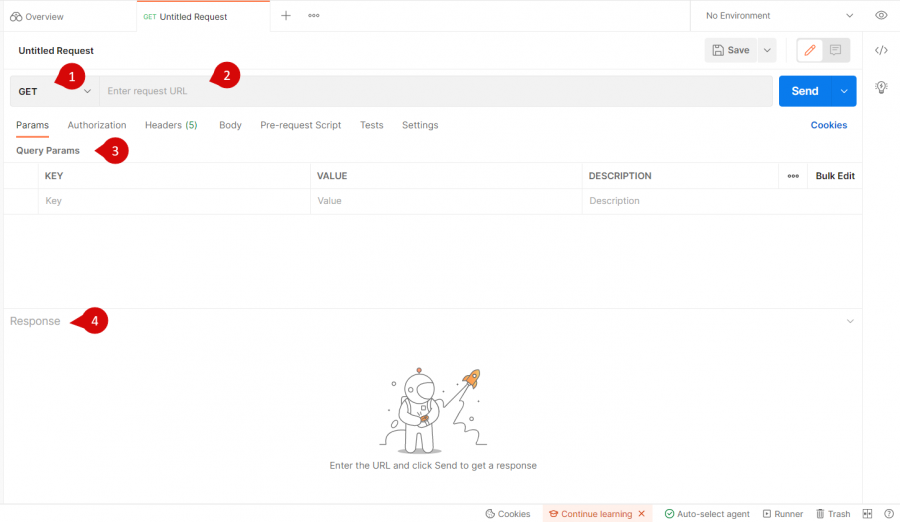
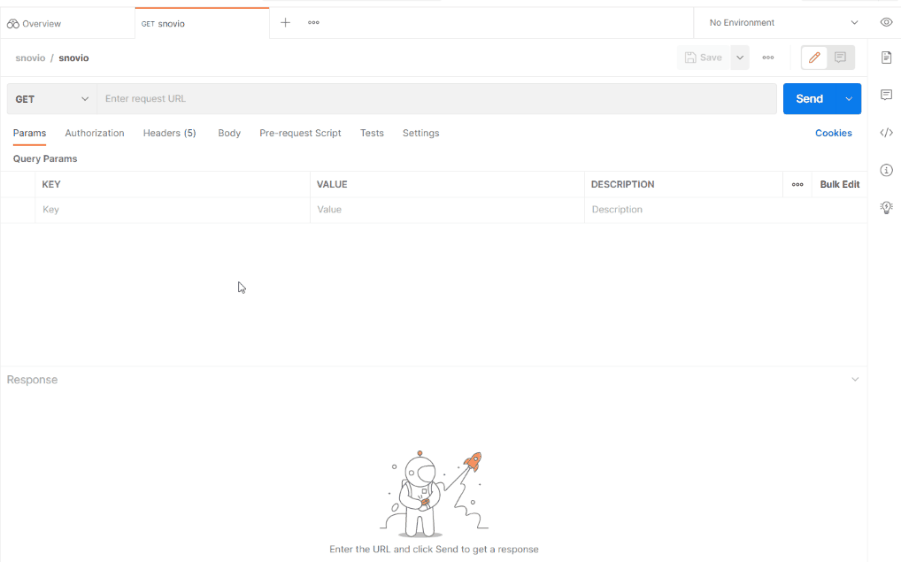
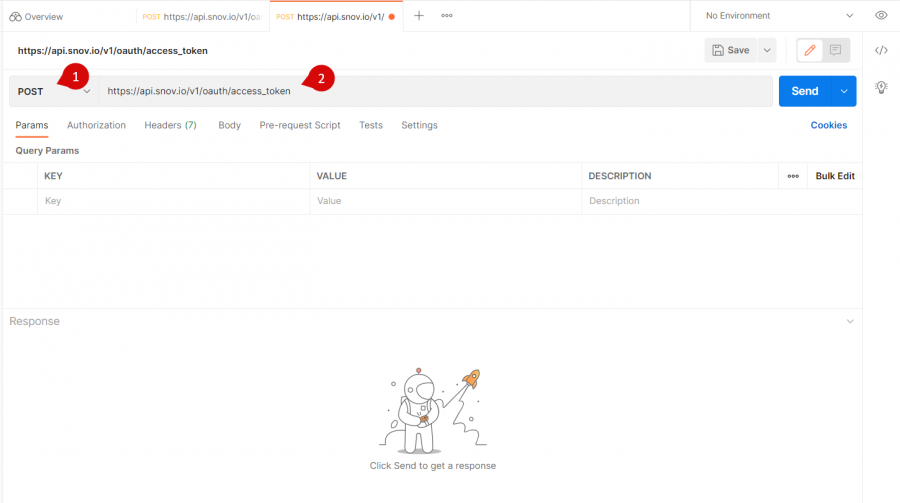

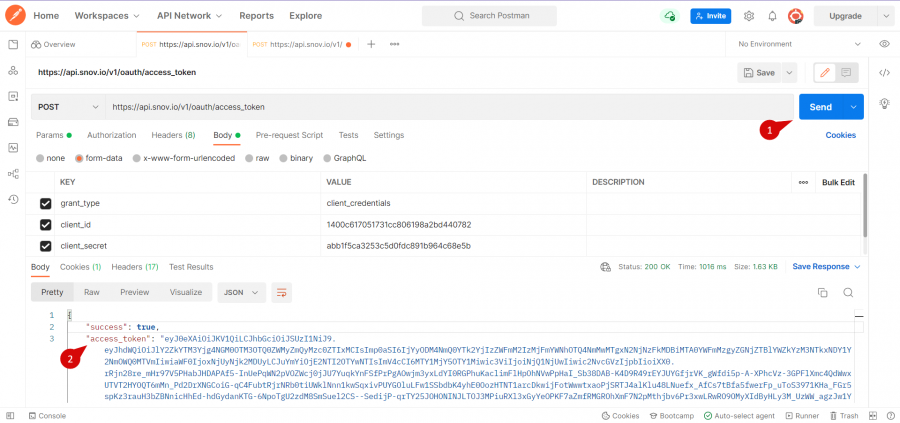
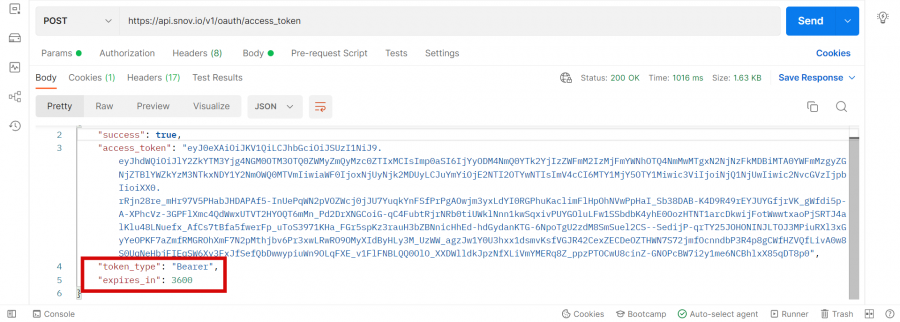
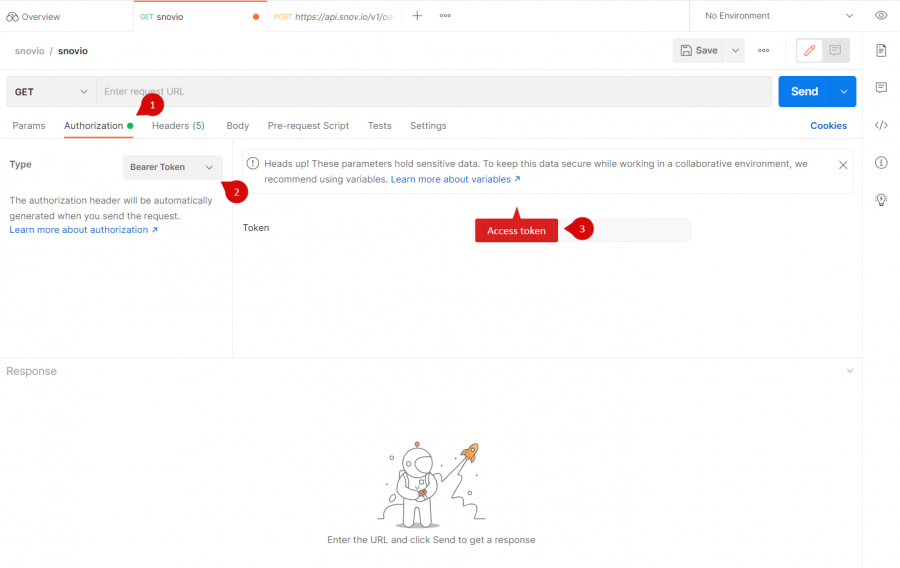
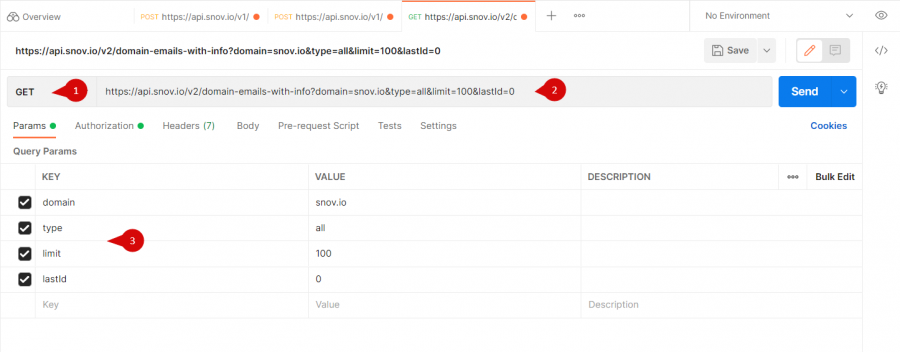

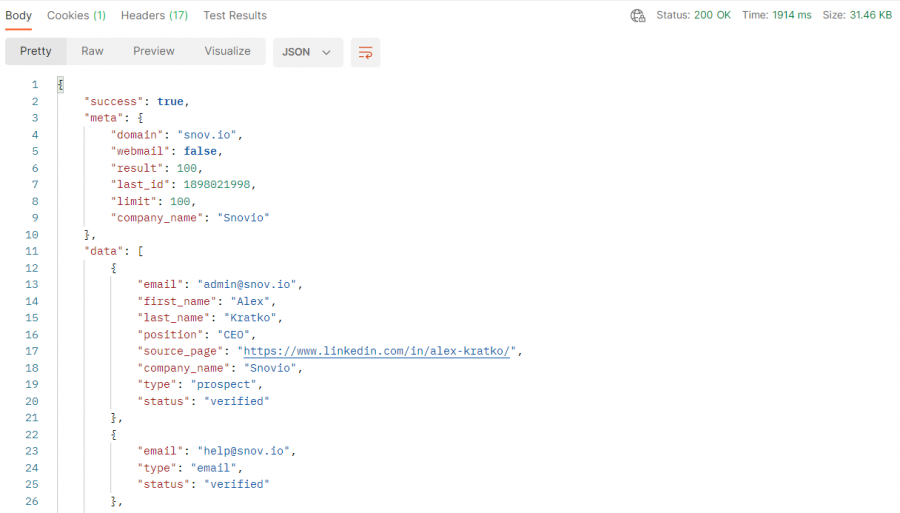
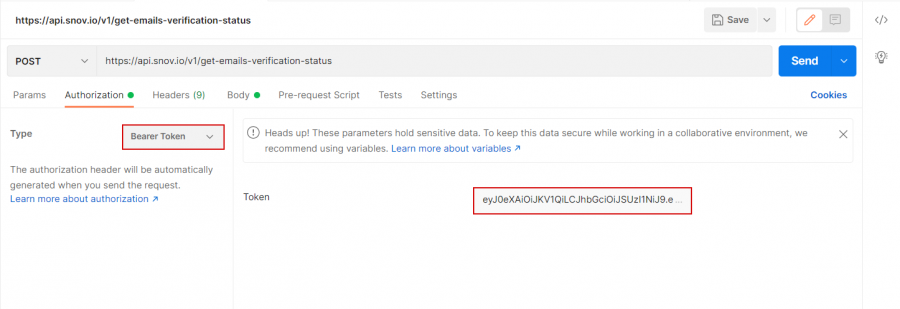
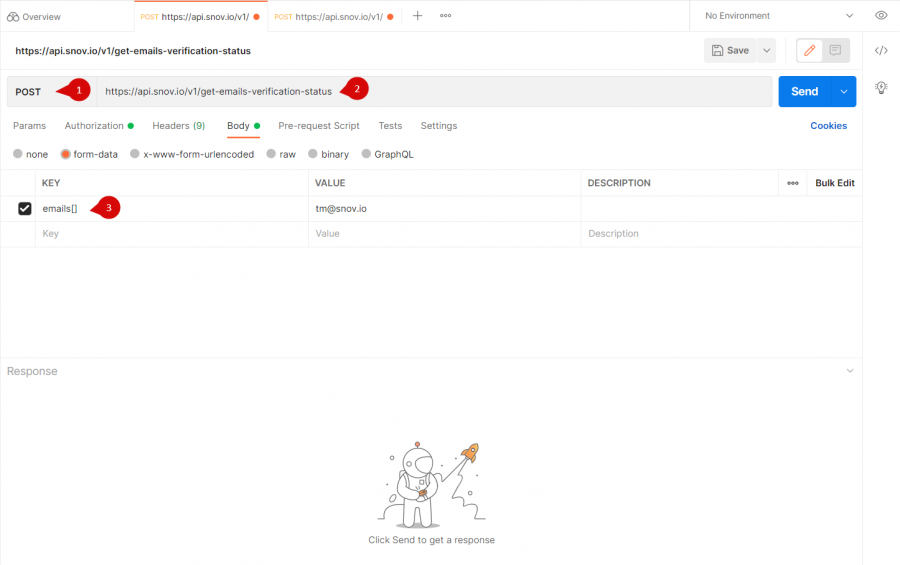



Sorry about that 😢
How can we improve it?